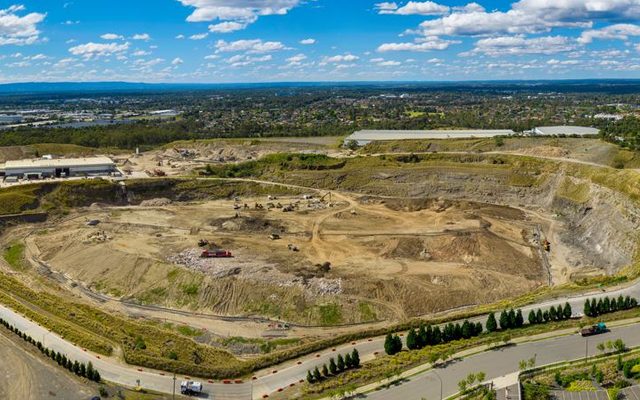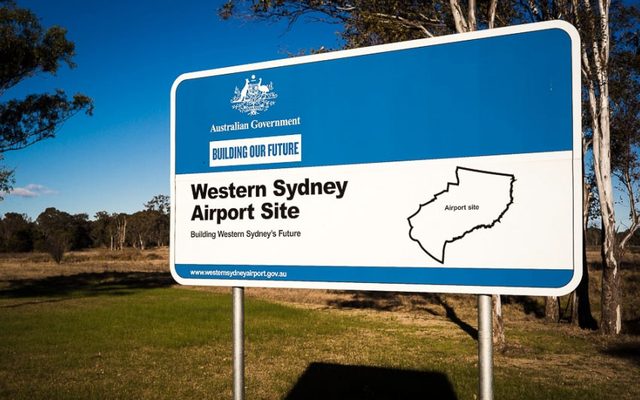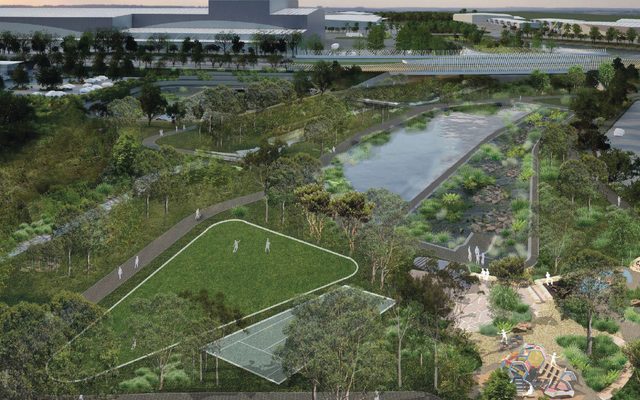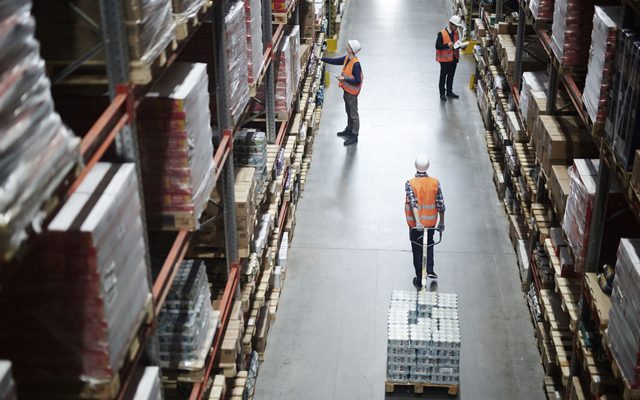This article is from the Australian Property Journal archive
SYDNEY has only 270ha of ready-to-build industrial land supply, which will last as little as two years at the current rate of take up, according to BIS Shrapnel.
BIS Shrapnel’s latest report, Sydney Industrial Property Prospects 2014 to 2024, found that since the GFC developers had been running down their stocks in order to reduce debt and holding costs.
As a result, very little land has been serviced since and reserves of ready-to-build land have dwindled.
Senior project manager Christian Schilling said this year saw a big jump in land take-up, around 120ha from 70ha in 2013 and 40ha in 2012.
At the same time, BIS Shrapnel’s database of industrial land parcels shows that the Sydney market (excluding the Central Coast) has around 270ha of ready-to-build industrial land.
“At this year’s take-up rate, 270ha will not last long. Especially when you consider that not all of it comes in large, easy to develop parcels,”
Schilling estimates the market has between 2-2.5 years worth of ready-to-build industrial land beyond what is already committed for construction.
“On the face of it, the Sydney metropolitan area has sufficient stocks of industrial land to last for several decades – at least as far as zoned land and potential reserves are concerned. Sydney’s main issue is the timely servicing of new raw/greenfield land to replace what has been taken up.
“The most immediate shortages are in the vicinity of the M4/M7 interchange, which has been the most desirable location for transport/distribution facilities since the opening of the M7 in 2005. Eastern Creek alone will account for nearly 30% of all GFA built in 2015.
“That is clearly unsustainable, and prospective industrial space users will need to look elsewhere once the remaining space is committed,” Schilling added.
For any large users, the nearest options will be Greystanes, which is more expensive, or Marsden Park.
“Marsden Park will be the largest offering in the near term. While it is still regarded as a little too remote for logistics operators, perceptions are changing. It’s already proving very attractive for large format retailers.
“The other option, at least until late 2016/early 2017, is the south west. However, here most development will be infill,”
“Whilst there is considerable potential at the proposed SIMTA and MICL intermodal terminals at Moorebank, which comprise just over 300ha, the Department of Defence still occupies both sites and it is doubtful that land will be released for industrial construction ahead of work getting underway on associated rail and road infrastructure,” he continued.
Schilling said land shortages would have undesirable consequences with business lost to other states, which in turn would see a fall in construction activity and employment, whilst land prices and rents surged.
Fragmented ownership will be one of the concerns when the state government re-zones, as expected, over 4,000ha of rural and rural residential land to industrial next year.
“Infrastructure, or rather the lack of it, is also responsible for delays in servicing new estates. There is no road access to zoned land south to the Sydney Water pipeline at Horsley Park, while private land owners are holding up the construction of roads (and servicing of land) linking the two main parts of Eastern Creek.
“The extension of the Western Sydney Employment Area (WSEA) will connect Erskine Park and Eastern Creek to the north east with Badgerys Creek and the South West Growth Centre.
“This is without a doubt the most important piece of land to ensure Sydney’s longer term future as the prime industrial market in Australia, but even here, the timely servicing of land will be critical,” Schilling said.
However, market participants are not sitting idle.
“The AREITs are doing everything they can to keep their business ticking over. Sydney’s outer region is expected to remain the preferred location for logistics operators servicing much of the eastern seaboard over the remainder of the decade.
“Now, the AREITs/developers are scrambling for more land. Australand, Dexus, Goodman, Mirvac and Stockland have all bought or optioned land parcels of green or brownfield land. The big question is whether they will be able to service their new holdings in time to avoid bottlenecks,” Schilling concluded.
Australian Property Journal



